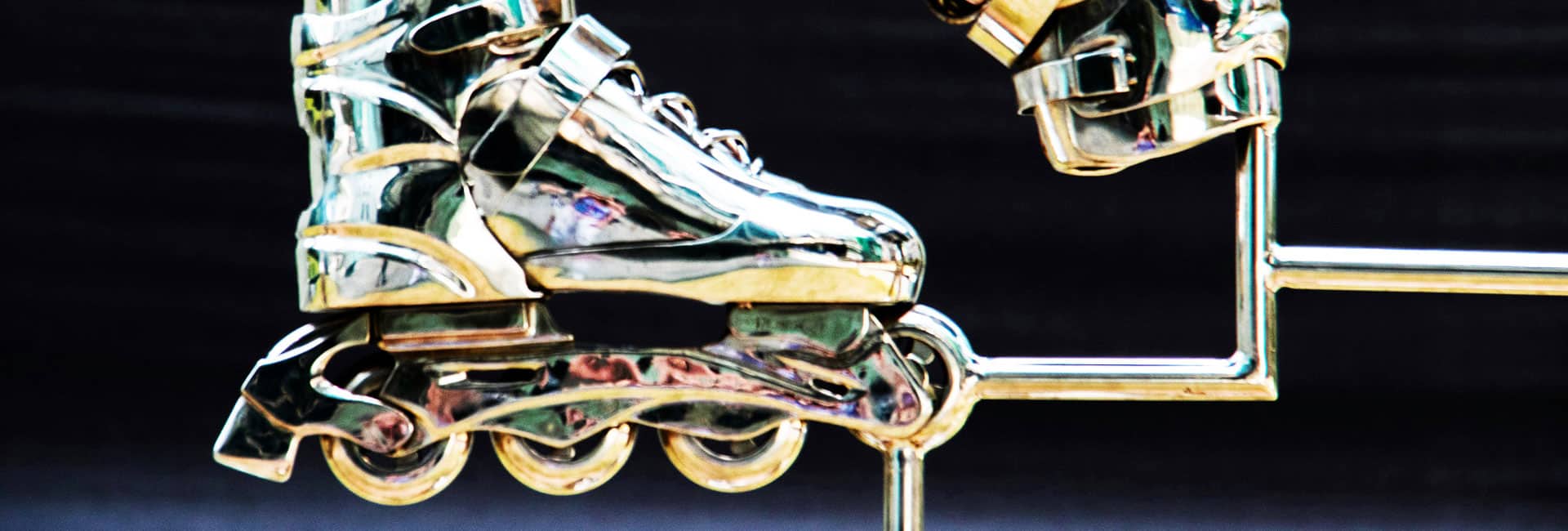
Used under a Creative Commons Licence
Use It or Lose It: Don’t Let Your Trade Mark Be Removed
At Sharon Givoni Consulting, we’re all about protecting your ideas and ensuring your trade marks work hard for your business. But there is a bit of a catch and that is what this blog is about: Owning a trade mark isn’t enough. If you don’t use it, you risk losing it.
In Australia, the “use it or lose it” policy means that even if you have a registered trade mark, it can be removed from the Trade Marks Register if it hasn’t been used for three continuous years.

Why Does This Matter?
We can think of the Trade Marks Register like a crowded teenager’s bedroom—messy, chaotic, and hard to navigate if unused marks fill the space. If your trade mark is just sitting there gathering dust, someone else might want to use it and can apply for its removal.
Take the case of Mantra IP Pty Ltd v Spagnuolo (2012). Mantra IP owned the trade mark “HEAVEN” for nightclub services, but a removal application was filed because Mantra’s use was sporadic and minimal. The Federal Court ruled that token use wasn’t enough to save the mark—genuine, commercial use is essential.
The case can found here: https://jade.io/j/?a=outline&id=268628
How Can Someone Remove My Trade Mark?
In Australia, the rules for challenging a trade mark’s registration due to non-use have recently changed. For trade marks filed on or after 24 February 2019, they can be challenged if they haven’t been used for a continuous period of three years after being entered in the Register. However, for trade marks filed before this date, the old five-year rule still applies. This means that older marks can only be challenged for non-use if five years have passed since their filing date. It’s crucial for trade mark owners to be aware of these timeframes and ensure they’re using their marks commercially to maintain their registrations.
The removal application is filed with IP Australia. If this happens to you, don’t panic—you can oppose it, but you’ll need strong evidence to show you’ve genuinely been using the mark.
What Counts as ‘Use’?
To protect your trade mark, you need to show that it’s been used “in the course of trade” for the goods or services it covers. Evidence can include:
- Photos of the trade mark on your products, packaging, or marketing.
- Sales records and invoices.
- Advertising and promotional materials.
- Customer recognition, such as testimonials or surveys.
Remember rollerblades? How They Kept Their Name in the Game
In the 1990s, “Rollerblading” became the shorthand for inline skating, a trend that put Rollerblade Inc.’s trade mark at risk of genericide. The danger? Their brand name was becoming the sport itself.
Rollerblade didn’t just keep using their trade mark—they used it right. Every ad, every label, every piece of marketing reinforced the message: it’s “Rollerblade inline skates,” not just Rollerblades. They carefully controlled the narrative, corrected media misuse, and consistently tied their name to their products, not the activity.
By using their trade mark as it was meant to be used, Rollerblade Inc. secured their name in the marketplace. Today, we talk about “inline skating,” while Rollerblade remains a strong, protected brand.
It’s a masterclass in how to not just use a trade mark, but use it strategically.
Are You Using the Mark as Registered?
Variations in how you use your trade mark—especially for logos, colours, or non-traditional marks—can put your registration at risk.
Trade mark owners must ensure that their use aligns perfectly with the registered mark to avoid potential challenges and removal.
What About Trade Marks Owned by a Group of Companies?
If you operate multiple companies—such as an IP holding company and a trading company—make sure you have the right legal agreements in place.
For instance, an authorised user agreement ensures the owner exercises control over the trade mark’s use. Without it, your trade mark could be at risk of removal.
Key Takeaways
- Use your trade mark genuinely, commercially, and consistently.
- Ensure it matches the registration exactly.
- Review your trade mark portfolio regularly to avoid non-use challenges.
- Put legal agreements in place if a group of companies uses the mark.
Need Help? Let’s Protect Your Trade Mark
At Sharon Givoni Consulting, we’re experts in trade marks and can guide you every step of the way—from registration to defending your rights. Whether you need advice on non-use claims, reviewing your trade mark portfolio, or drafting authorised user agreements, we’re here to help.
Don’t let your trade mark gather dust. Use it, protect it, and keep it working for your business. Contact us today to ensure your trade marks stay safe and secure.
Further Reading
- https://sharongivoni.com.au/trade-mark-registration-name-benefits/
- https://www.ipaustralia.gov.au/trade-marks
- Trade Mark & Brand Protection Archives – Design Wise Legal
- https://www.owningit.com.au/post/ensuring-sweet-success-for-your-brand-trade-mark-tips-for-chocoholics
Please note the above article is general in nature and does not constitute legal advice.
Please email us info@iplegal.com.au if you need legal advice about your brand or another legal matter in this area generally.


